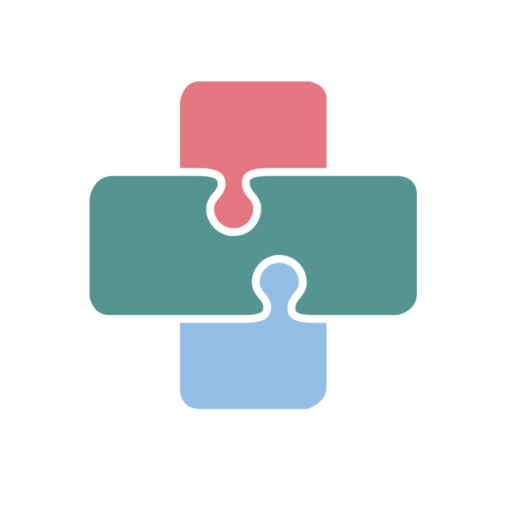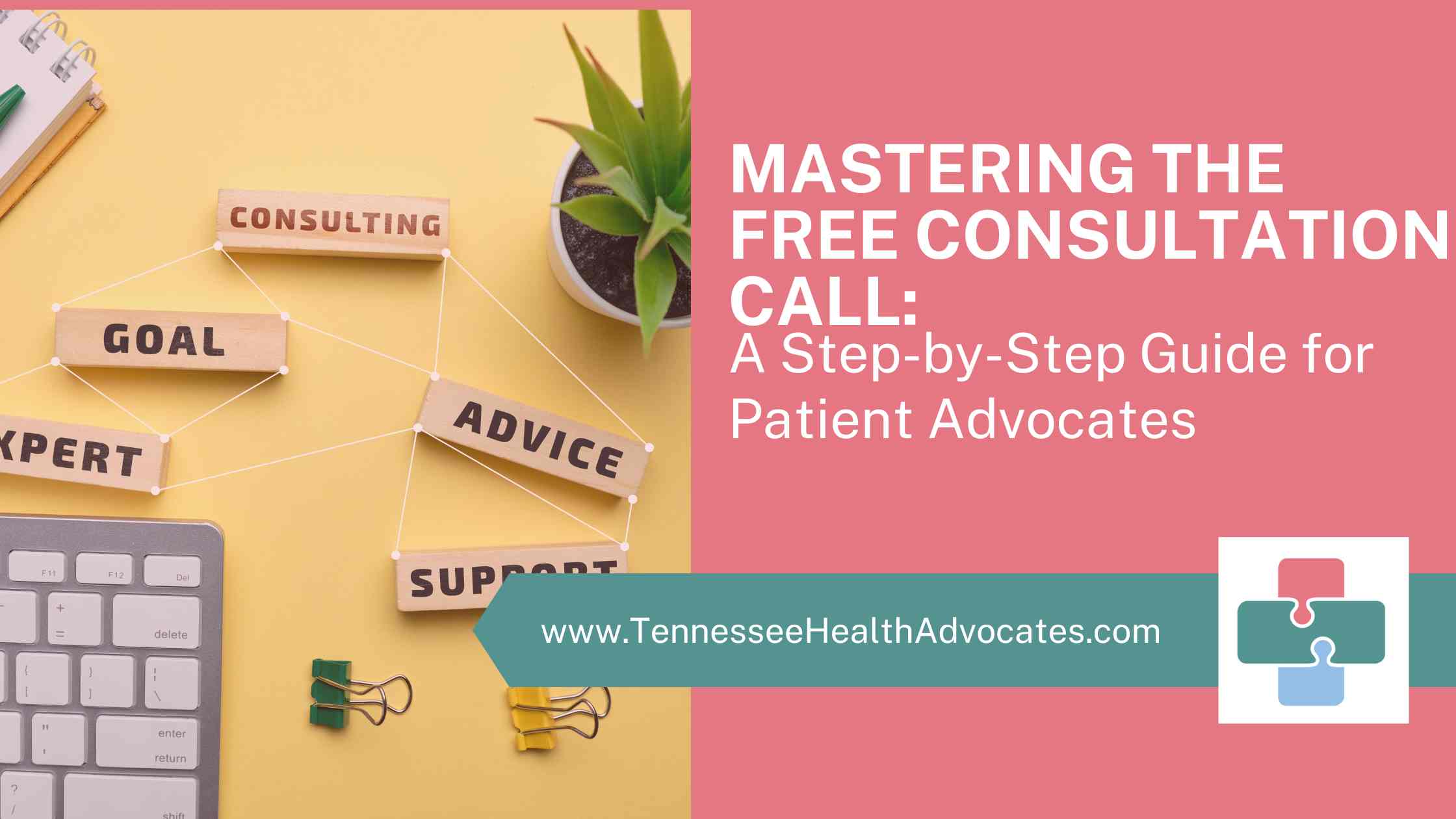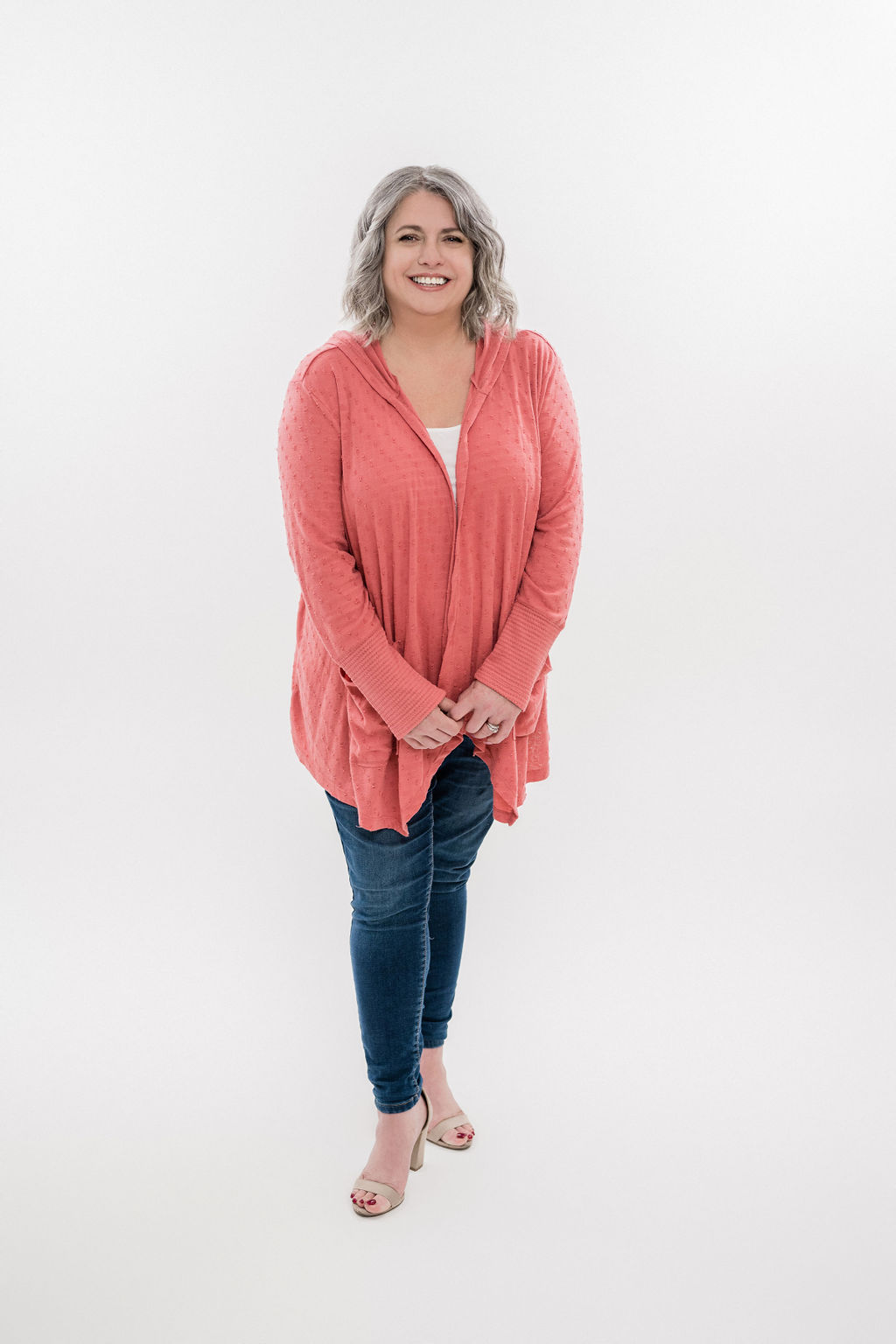Unlock the Secrets to Turning Your Consultation Calls into Clients
When you’re offering advocacy services, one of the most pivotal moments is the free consultation call. These calls offer a golden opportunity to not only build rapport and understand your potential client’s needs but also to present the value you offer and close the sale. So how do we make the most out of those crucial 15 to 30 minutes? Follow this structured approach to turn your free consultation calls into loyal clients.
Building Rapport: The Foundation of Trust during the Consultation Call
The first few minutes of a consultation call are crucial for establishing trust and rapport. Start with a casual but genuine conversation to break the ice.
Break the Ice:
Open with a friendly greeting and a simple question about their day. This isn’t just small talk—it sets the tone for a relaxed and open dialogue. For instance, you might say, “Hey, how are you doing today? Is the day being nice to you?”
By taking just two to three minutes to connect on a personal level, you gather superficial but relevant information—like how their day is going or a brief personal conversation —which makes them feel heard and valued.
Setting Expectations Clearly during the Consultation Call
After warming up the conversation, it’s time to outline the structure of the call.
Frame the Call:
Let them know what you aim to achieve during the conversation. A clear agenda not only sets expectations but also makes the call more efficient and focused. Mentioning any hard stops due to your busy schedule can also assert boundaries, ensuring the call remains within the allotted time.
For example:
“Thanks so much for taking some time to talk to me. We have about 25 minutes left, and here are the things I’d like to achieve during our call: understanding your situation, your goals, and exploring potential solutions.”
Diving Deep into Discovery during the Consultation Call
The core of the consultation is understanding your potential client’s needs and pain points.
Active Listening and Questioning:
Position this part of the call as a “discovery session.” Your role here is to be the investigator—ask questions, listen intently, and take detailed notes. Every response provides insight into their challenges and necessities. Engage with questions like “What’s your story?” or “What challenges are you facing with X?”
This deeper understanding allows you to tailor your solutions to their specific context, setting the stage for the next steps of the call.
The Art of Diagnosis during the Consultation Call
Once you have gathered sufficient information, it’s time to diagnose their situation.
Reflect and Validate:
Summarize their issues and repeat it back to them for confirmation. This not only ensures you’re on the same page but also makes them feel understood and validated. You might say, “So what I’m hearing is that when you go to the doctor, you leave without any answers and feel like it was a waste of time. Is that correct?”
This affirmation builds trust and positions you as someone who truly understands their plight.
Presenting the Solution
With a clear understanding of their problems, introduce how you can solve them.
Show Your Value:
Transition smoothly from diagnosis to proposing your solutions. Use their words and phrases to highlight how your services can address their needs: “It sounds like having someone to help prepare for your appointments would be really beneficial. What do you think?”
Step by step, you guide them to see you as the solution.
Becoming the Solution
The transition from presenting solutions to becoming the solution is delicate but critical.
Seal the Deal:
Explain how you can provide what they need, outlining your services and pricing clearly. An example might be, “I’d love to send you a recap of our conversation along with my proposal. I bill at $150 an hour, and a ten-hour retainer is required to start. How does that sound?”
Stay quiet after posing your offering to give them time to decide. If they’re qualified and you’ve done your part correctly, they’re likely to ask, “How do I sign up?”
Handling Objections
Not every call will be a perfect fit.
Flexibility and Integrity:
If you discover that the potential client’s needs don’t align with your services, don’t hesitate to connect them with someone else who can help. State clearly, “It seems you’d benefit more from talking to a nurse who specializes in preparing clients for doctor appointments. I’d be happy to refer you to a colleague.”
By doing this, you maintain your integrity and leave a positive impression, even if you don’t
close the sale for yourself.
Conclusion:
Mastering the free consultation call requires preparation, curiosity, and a genuine desire to help potential clients. By building rapport, setting clear expectations, diving deep into their needs, reflecting back their concerns, presenting actionable solutions, and becoming the answer they’re looking for, you transform a simple consultation into a powerful client acquisition tool.
Whether they choose to work with you or are referred elsewhere, they will leave the call feeling understood and valued, which is a success in itself.
Final Thoughts:
I hope this information has provided you with a basic understanding of how to successfully close sales during your free consultation calls. If you’ve found these tips valuable, check out Mastering the Healthy Hustle. All of my posts are crafted to empower you on your healthcare advocacy journey. Explore and absorb the wisdom shared, and let it fuel your aspirations. In fact, if you want to be the first to get new information and support as an independent patient advocate, join me in The Circle where we meet LIVE on Zoom every week!
Stay tuned for the next blog post, where we’ll talk about “Marketing for Advocacy Professionals: The Power of the Three C’s.” I’m going to share the three “C’s” of creating your marketing momentum. If you want to put your new client acquisition on auto-pilot, you won’t want to miss this one! Get ready to learn more in our next post.




[…] tuned for the next blog post, where we’ll talk about “How to Sell in Your Free Consultation Call.” I’m going to share tips and tricks to closing new clients during the free consultation […]